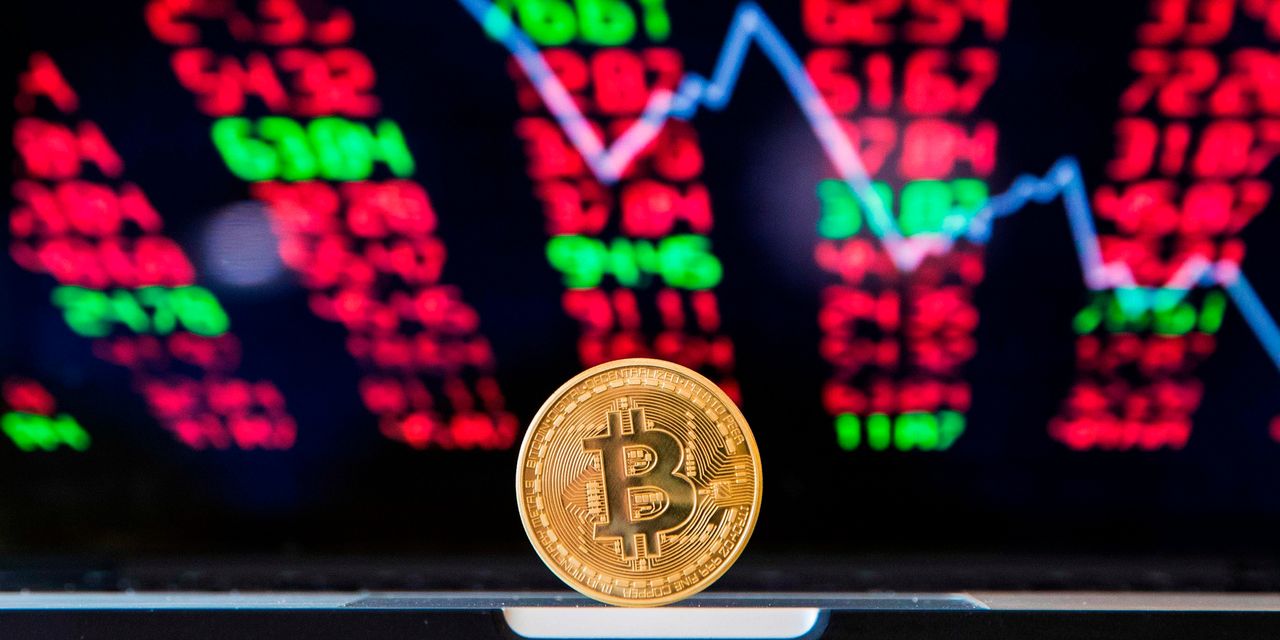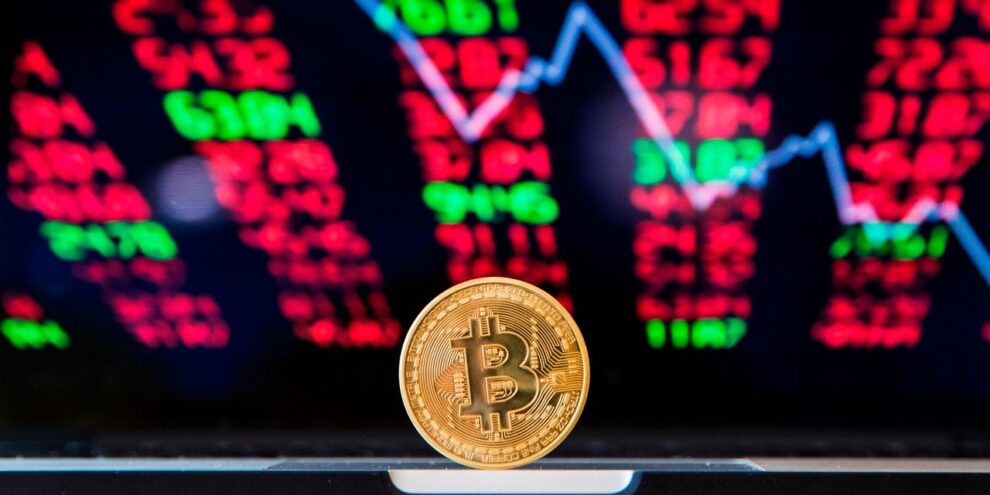
Already, the frenzy over WallStreetBets and GameStop is beginning to fade. In its wake, financial markets should be reminded that the most enduring retail investing mania over the last few months has focused on bitcoin.
Much has been written about how institutional investors propelled bitcoin BTCUSD, -1.28% to spectacular highs, with the crypto asset gaining as much as 400% from the beginning of 2020 to its peak in early January 2021.
Payments giant PayPal PYPL, +7.36% now offers bitcoin services. BlackRock BLK, +1.16%, the epitome of institutional money, is set to offer clients exposure to crypto futures through new funds. But retail investors form a crucial part of the bitcoin trend.
It is retail investors targeted by tabloid headlines suggesting that bitcoin will hit $1 million. They are the same investors warned by regulators that they “should be prepared to lose all their money” from crypto investments.
And according to a bitcoin-focused U.K. fintech with tens of thousands of users, women and older investors are largely staying out of the crypto frenzy, leaving young men to be significantly overrepresented.
Mode MODE, +10.87%, which provided data on its user base to MarketWatch, allows users to buy and trade bitcoin as well as hold the crypto asset in an interest-generating account.
The overwhelming majority of people using its app are men, making up 79% of users to just 21% women. Compared with the most recent data from the U.K.’s Office for National Statistics, or ONS, this makes the gender divide among Mode’s bitcoin holders even wider than with other investments.
In the tax year 2017-2018, 2.3 million people had an Individual Savings Account, or ISA, with stocks and shares. ISAs are the popular tax-free account available to residents of the U.K. Of those, more than 1 million, or 44%, were held by women.
Also read: This fund is betting millions on Kentucky whiskey and turning it into crypto assets. Here’s why
The data from the ONS are very consistent with investing demographics in the wider population, according to Lisa Kramer, a professor of finance at the University of Toronto and an expert in investor behavior. Mode’s demographics aren’t.
Kramer said that when she looks at the differences between the ISA numbers and Mode’s user base, she wonders “if part of what we’re seeing isn’t driven by investor overconfidence.”
This is linked to gender, Kramer said, pointing toward a landmark piece of behavioral finance research from 2001 titled — very aptly — “Boys Will Be Boys: Gender, Overconfidence, and Common Stock Investment,” written by University of California professors Brad M. Barber and Terrance Odean.
Barber and Odean found that men trade stocks 45% more frequently than women, which is a symptom of overconfidence because overconfident investors trade excessively.
In 2001, these findings manifested in lower investment returns for men due to brokerage trading fees. In 2021, it may be extended to men getting involved in dangerously speculative rallies.
Plus: Bitcoin and its ‘funny business’ should be regulated globally, says European Central Bank chief
“If we see from that research study that men are, on average, more inclined to be overconfident, that overconfidence could be helping to drive the heavier representation of men in these much more speculative markets,” Kramer said.
“It really takes a bit of a hope and a prayer to believe that these assets are going to be long-term, reliable investment performers.”
Mode’s user base also reveals a stark age divide among bitcoin investors. People aged 30 years old and younger represent 64% of the app’s users, with 86% of Mode’s clients falling under the age of 41.
This makes young people grossly overrepresented in bitcoin trading. According to the ONS data, 563,000 people aged 44 years old and younger held stocks and shares ISAs, which was just 24% of all investors.
Kramer said it was possible that younger investors may be more drawn to a technology-based investment like bitcoin than their older counterparts. It may also be the case that younger investors are more likely to use an app to trade.
However, Kramer believes the root of the age divide is behavior.
“This new generation of investors maybe hasn’t experienced the financial crisis of 2007 and 2008. They also haven’t experienced the internet boom of the late ’90s, and the subsequent crash of 2000,” Kramer said.
“Whereas the older generations of investors — they have been bitten before, and they are a little bit less inclined to jump into the latest market frenzy, a little bit more cautious in general, and more inclined to understand the merits of a diversified investment portfolio and avoiding trying to market-time,” she added.
More on blockchain: Crypto tech vs. COVID-19: How hospitals are using blockchain in the vaccine rollout
Aside from demographics, the data Mode provided to MarketWatch also offer insights into how investors reacted to bitcoin’s volatile trading in January this year.
In the volatile period between Jan. 4 and Jan. 13, bitcoin ran up to a peak of $41,940 on Jan. 8, according to CoinDesk, before crashing as much as around 25%.
But even as the price kept sinking, more retail investors were buying than selling. There was only one day through that 10-day period when more people sold bitcoin than bought it — Jan. 11, when the price was lowest.
This supports Mode’s belief that most of its users are in it for the long term. The company says that around 80% of bitcoin on the app is held in the “Bitcoin Jar” — a crypto savings vehicle the app offers to users, promising to generate a 5% yearly yield.
But Kramer has a word of caution on the merits of relying on bitcoin.
“What we see is a great deal of volatility, a great deal of what looks like sentiment-driven price changes,” she said. “And so it would be foolhardy for anybody to invest 100% of their portfolio in cryptocurrencies and hope that this is going to provide a reliable nest egg in the future.”








